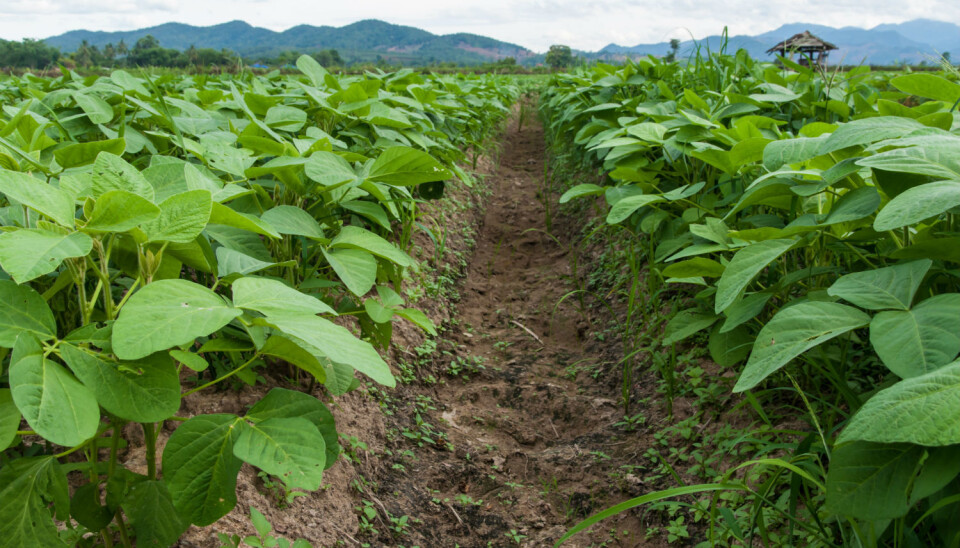
Why we should use these bacteria in fertilizers
OPINION: A certain type of bacteria can reduce emissions as well as help food production. Scientist Kedir Woliy Jillo explains how.
The world population is predicted to be more than 9.7 billion by 2050, and we need to grow enough food to feed all of us. Production of crops requires nitrogen input to the soil, and the demand for fertilizers is steadily increasing.
The soil bacteria known as rhizobia, could be a possible source to nitrogen. The same bacteria could also reduce the emission of certain green house gasses.
Bacteria instead of chemicals
Rhizobia have the capacity to fix nitrogen (N2) from the atmosphere. These bacteria live either freely in the soil or in beneficial association with leguminous plants, including important crops such as peas, beans and soybeans.
The symbiosis is a fine-tuned interaction where the rhizobia convert atmospheric nitrogen into ammonia inside special structures known as root nodules.
To do so, the bacteria use a specific enzyme called nitrogenase that is not found in plants or animals. The ammonia is in turn converted to plant proteins. Thus, by fixing atmospheric nitrogen, the rhizobia reduce the need to use chemical fertilizers for crop production and will at the same time increase the nutritional value of important staple crops.
During the last decades there has been growing interest from commercial companies in developing fertilizers containing rhizobia.
The plan is to boost crops instead of, or as a complement to, using chemical fertilizers. These efforts have resulted in several products that are available on the market. Yet, these are only compatible with a few legumes. Therefore, there is still a need for more product development as well as basic research to obtain better rhizobial inocula.
Can reduce greenhouse gasses
Also, a negative side effect of the application of nitrogen fertilizers to soils is the increased emissions of the potent greenhouse gas nitrous oxide (N2O), which has more than 300 times global warming potential compared to carbon dioxide (CO2). The global N2O emissions have increased linearly since the start of the industrialization, and agriculture is recognized as the major source of these emissions.
It is known that most rhizobia, in addition to fixing nitrogen, also can reduce nitrate to N2O or N2 gas. A few years ago a Japanese research group showed that certain mutant strains of bradyrhizobia, which are commonly associated with soy bean, acted as efficient scavengers of N2O in soil when living outside the nodules.
Scientists in the Nitrogen Group at Norwegian University of Life Sciences have taken this idea further and investigated their large collection of rhizobia, sampled from a variety of plants. Some of these natural rhizobial isolates have turned out to be not only efficient nitrogen fixers, they also show the ability to very efficiently convert N2O to atmospheric nitrogen (N2).
Their recent research has also revealed the molecular mechanisms that is responsible for this strong N2O reduction capacity.
Thus, if appropriate strains of rhizobia with both N2O reduction capacity and superior N2 fixing efficacy are selected for farm production, it should be possible to counteract problems of food shortage and at the same time reduce emissions of harmful gas into the atmosphere.
More tests needed
To realize this, we need to test several of the most promising rhizobial strains in combination with different varieties of the crop plants, and in different soil types and climatic regions.
We also need to test different “packaging” materials for spreading the bacteria onto agricultural fields.






























